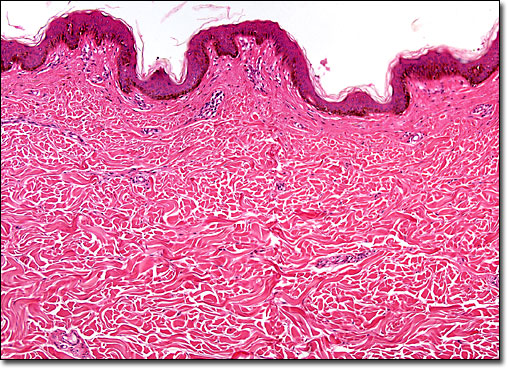|
In humans, melanins are largely responsible for the relative darkness of the skin, as well as the hair and the irises of the eyes. High levels of localized melanin are also the cause of freckles and moles. The amount of melanin pigments in the body are usually a function of genetics, but may be altered by various means. A suntan, for instance, is an indication of the overproduction of melanin caused by exposure to ultraviolet light. Certain disorders, such as Recklinghausen’s neurofibromatosis, which involves the improper storage of melanin in melanocytes, can also cause unusually high levels of pigmentation. Underproduction of melanin or a related absence of melanocytes may result from a number of conditions as well, including albinism, vitiligo, and phenylketonuria.
|
